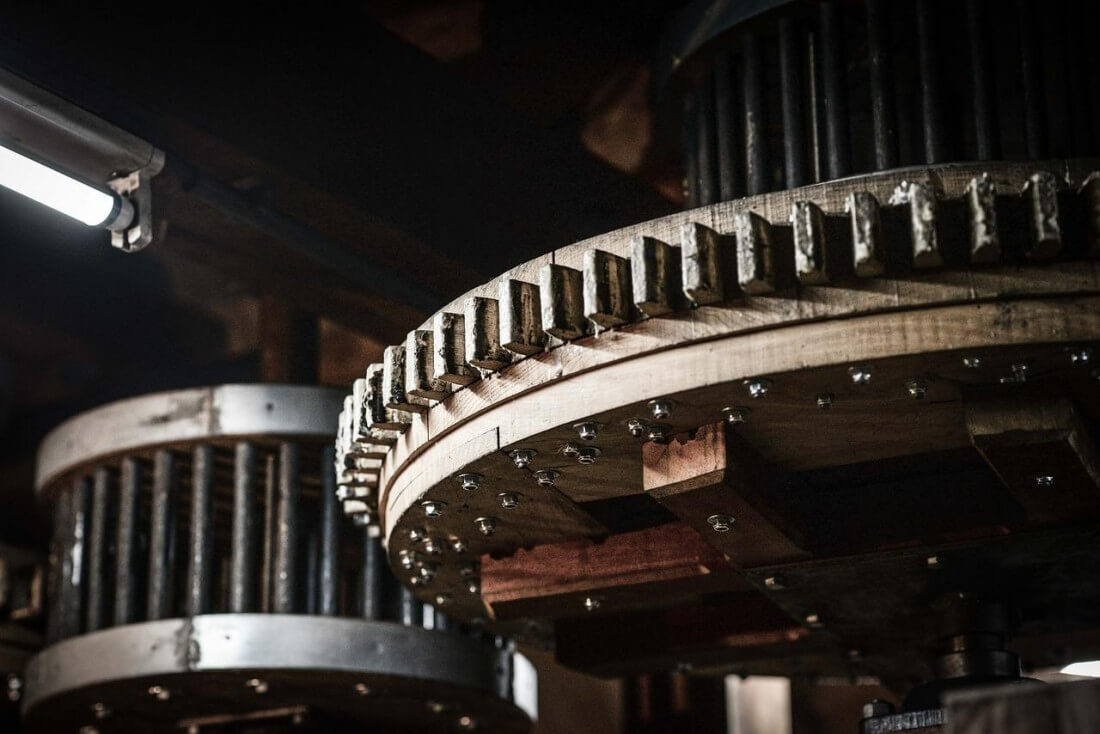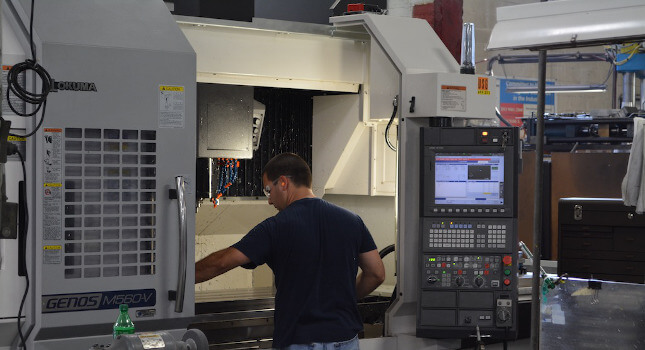Manufacturing has always been a competitive sector. But the intensity of competition manufacturers faced in the 1950s pales in comparison to what industry players have to deal with today. Thanks to globalization, manufacturers not only have to contend with local rivals but have to pay even greater attention to competitors beyond their borders.
This often necessitates a shift in business strategy to overcome this new reality. One of these techniques, lean manufacturing, has proved fairly popular. Most famously espoused by the Japanese car behemoth Toyota, lean manufacturing has been adopted by thousands of enterprises over the years.
Unfortunately, not all companies experience the success they anticipated when they do go lean. The following is a look at the main reasons why a move toward lean manufacturing can sometimes get held back.
1. Lack of Leadership Buy-in
Implementing lean manufacturing can be a pretty revolutionary change to an organization. With everyone in the institution already accustomed to doing things a certain way, change management is crucial. Lean manufacturing that adopts a bottom-up technique is likely to fail.
Like any major organizational shift, there’s a need to get senior management on the same page to reduce headwinds and minimize resistance from lower cadre employees.
First, junior staff are unlikely to take the move to lean manufacturing seriously if they do not perceive an unequivocal commitment to the change by senior management. Second, middle level management will be unwilling to commit to support the change and provide the cooperation that’s necessary for cross-department decisions.
2. Poor Foundation
Lean manufacturing is not something one can move into spontaneously. It is such a fundamentally different way of doing things that rigorous, meticulous preparation is vital. The organization’s leadership must make sure all the conditions necessary for success are in place. That includes standardization, prototyping, procedure changes, staff upskilling, and new hiring.
Lean manufacturing is meant to enhance operational and cost-efficiency. However, lean manufacturing also punishes mistakes, mistiming, inconsistency, and incoherence more severely than traditional manufacturing methods. Getting the foundation right from the get-go as opposed to rushing into the process is key to success.
3. Too Many Moving Parts
The manufacturing industry is well accustomed to complex multi-stakeholder supply chains and distribution networks. This dependence on multiple third parties introduces several potential points of failure for traditional manufacturing. Lean manufacturing seeks to cut the fat and narrow down the manufacturing process to just what is needed.
This means expending fewer resources in managing and overseeing the product lifecycle. Ergo, lean manufacturing is at substantial risk of failure if there are more stakeholder interfaces than the company is equipped to handle. Trimming resources without a corresponding trimming of the number of moving parts can lead to problems.
4. Lack of Knowledge
Lean manufacturing is built around certain principles. If these principles are not applied consistently, the entire workflow is compromised. Manufacturers must ensure every employee is conversant with the core principles of lean manufacturing. If need be, the company should hire employees with lean production experience.
One of the biggest mistakes a manufacturer can make when going into lean manufacturing is to go lean on training as well. If anything, the cost savings the company makes from lean manufacturing should be redirected to knowledge and training for staff.
Skimping on training may save you money in the short term but the lack of process knowledge means the team will have to stumble through plenty of costly mistakes before they master the process.
5. Fear
The very term ‘lean’ will probably trigger feelings of fear in your employees. It carries a strong connotation of employee redundancy. As soon as you make it clear to the team that the business is moving to lean manufacturing, expect some degree of panic as staff contemplate their future.
This is where preparation, timing, and clarity is key. You don’t want to lose your star employees at such a critical juncture. That could doom your changes from the start and increase the time it takes for the new process to deliver the rewards you envisaged.
Instead, embark on a skill assessment of all your staff well in advance. Identify those who can help you realize your lean manufacturing goal and those who you have to let go. It may seem a little harsh but by making it clear who has a place in the company’s future and who has to leave removes the ambiguity and ensures you retain a team that is committed and driven.
6. Absence of Benchmarks
There may be a lot of merit in your moving to lean manufacturing but these benefits won’t necessarily be apparent to everyone in the team. Your staff are already set in their ways and will need a bit of convincing that going lean is the right move. One way you could get them on message is to do a trial run.
You could for instance work with a prototyping service provider (e.g. CNC milling aluminum customization in China) to provide a sneak peek into how the new process will look like. Once workers see firsthand that lean manufacturing actually works, they are likely to be enthusiastic about making sure the change succeeds.
As much as employees can be ordered to do certain things, you want them to take actions not just because they are afraid to lose their jobs but based on conviction that it’s the right thing to do.
7. Blindly Copying Others
Every industry has a slew of best practices. These are often business principles that have proven to be ethical and efficient. Adopting best practices is about not reinventing the wheel. Nevertheless, a company is bound to fail if it blindly copies the lean manufacturing techniques successfully applied by others.
Each organization has dynamics that make it different from its peers within the same industry. There’s nothing wrong with adopting what has worked for someone else. After all, lean manufacturing is of itself a methodology that has been proven by other organizations. What’s needed is to customize this methodology to accommodate your company’s unique demands.
Manufacturing Solutions for RedViking
Lean manufacturing is never easy. When done properly though, it can deliver gains for your business that would otherwise be beyond reach. RedViking is a leader in the manufacturing industry offering digital and physical manufacturing optimizations for the problems that limit efficiency. Call our team today to learn more about our manufacturing solutions.






